Timeline of Events – 1939
World War II – Poland
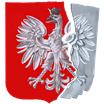
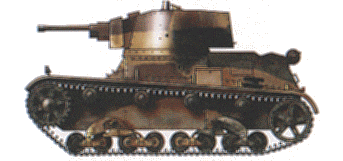
Polish 7TP Tank

The Enigma
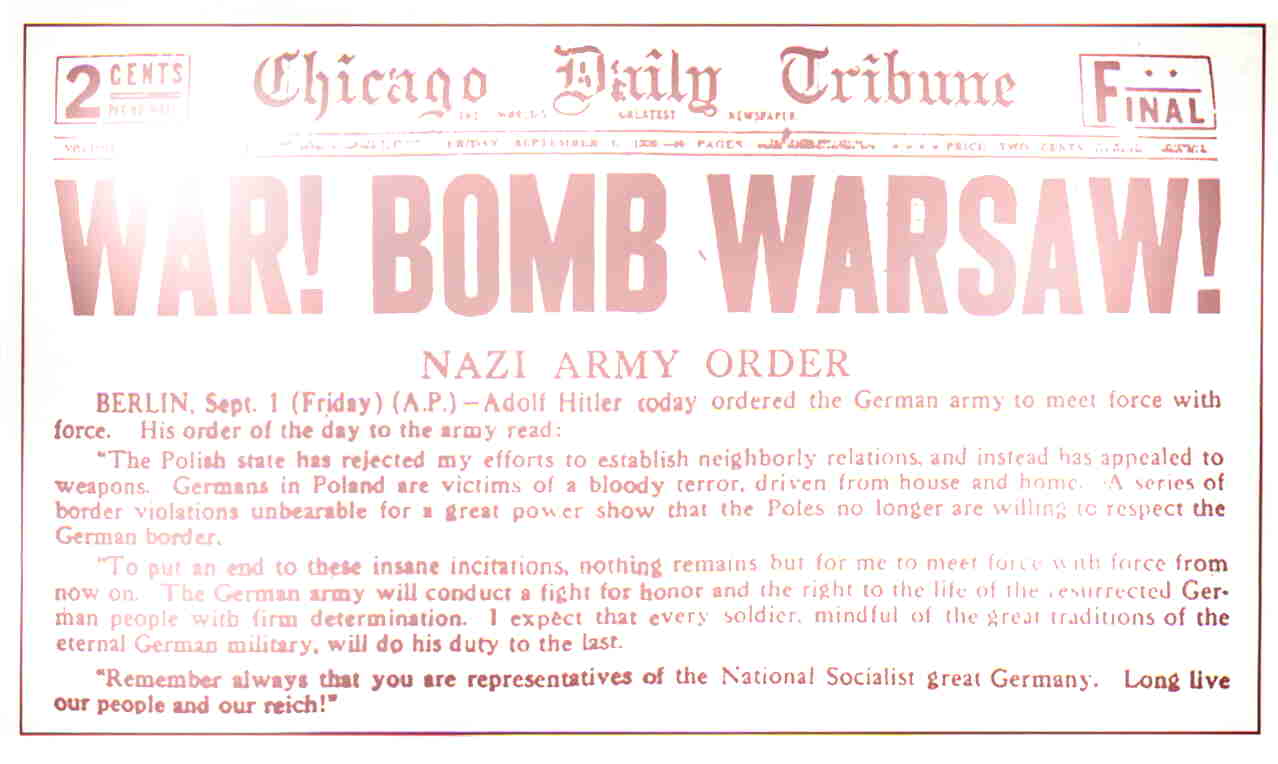
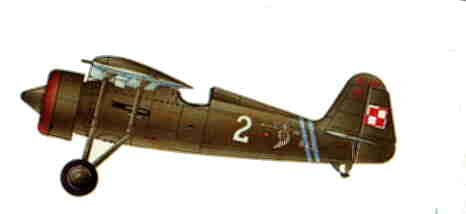
Polish P11C Fighter
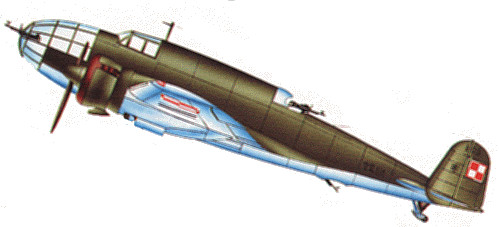
Polish LOS Bomber
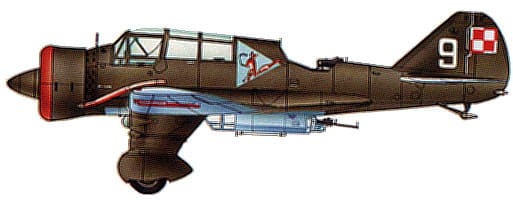
Polish Karas Scout Bomber
January – The largest “employer” in Europe is the Soviet Gulag.
March 10 – Stalin postulates a “kinship” between Nazism and Communism in his radio speech.
March 16 – German troops take over Czechoslovakia.
March 22 – Poland refuses German demands for Gdansk and the “Polish Corridor.”
March 31 – Britain and France guarantee Poland’s defence.
April 6 – Poland and Britain sign a mutual-assistance pact.
April 28 – Hitler renounces Nonaggression Pact between Poland and Germany.
July 25 – Poland gives Britain and France each an Enigma machine whose German codes they have broken. Thanks to this the Allies will be able to interpret secret Nazi messages during the war.
August 14 – Poland rejects the USSR’s demand for permission for the Red Army to enter Poland.
August 20-25 – Killed in the Soviet-Japanese battle on the Khalka River are 25,000 Japanese soldiers and 10,000 Soviets.
August 22 – Hitler authorizes killing “without pity or mercy all men, women, and children of Polish descent or language.”
August 23 – Nonaggression Pact between Germany and Moscow signed in Moscow. A secret protocol drawn up by Hitler and Stalin partitions Poland between them.
August 25 – The Polish-British Common Defence Pact against Germany is signed.
August 27 – Poland disperses military aircraft to small camouflaged airfields around Warsaw.
August 31 – German radio station at Gliewitz is “attacked” by the SS dressed in Polish uniforms.
September 1 – German battleship Schleswig-Holstein on a “good will visit to Gdansk” opens fire on the Polish fort at Westerplatte. An hour later German forces pour across the 1,500-mile Polish-German border.
September 1, 4:45 am – Lieutenant Wladyslaw Gnys of 2 Krakow Air Regiment shoots down two Dornier 17 Bombers–the first air kills of the war.
September 2 – German aircraft bomb railway station at Kolo, killing 111 refugees. The Germans start construction of Stutthof concentration camp equipped with gas chambers in which 65,000 Polish Christians will perish.
September 3 – Britain and France declare war on Germany, but 92 French divisions sit idle behind the Maginot Line facing 35 inferior German divisions. At Truskolasy, 55 Polish peasants are rounded up and shot by the Nazis.
September 4 – British planes attack the German warship Admiral Scheer, but the bombs fail to explode; the RAF will drop leaflets for the next few months because the government forbids bombing German industry as “its private property.” At Bydgoszcz, a thousand Poles are murdered, including several dozen Boy Scouts who are shot against a wall by German troops.
September 6 – Germans shoot 19 Polish officers who surrendered after fighting a tank unit near Mrocza. The General Staff of the Polish armed forces abandons Warsaw.
September 7 – The BBC commences daily radio broadcasts in Polish.
September 8 – At Bedzin, 200 Jews are burned alive in a synagogue by the Germans who charge Poles with the crime, and then execute 30 of them in a public square.
September 9 – Polish Army launches a counterattack between Lodz and Warsaw, surprising the Germans; after three days of bitter fighting, German manpower tips the scale.
The German 4th Panzer Division is beaten off in the suburbs of Warsaw.
September 12 – Luftwaffe terror-bombs Krzemieniec, killing dozens.
September 17 – USSR invades Poland with a million troops to “protect it’s Byelorussian and Ukrainian population.” The Poles, fighting the Nazis, are not expecting a “stab in the back.” The Red Army suffers 3,000 killed, but captures 240,000 Polish soldiers and 15,400 officers. The Polish Air Force scores its last kills: a Dornier bomber and a Soviet fighter.
September 17 – 25 – Thousands of Poles are slaughtered in eastern Poland by elements of Ukrainians, Byelorussians and Jews, encouraged by Soviet slogans such as: “For Poles, Pans and dogs–a dog’s death!” In Karczowka, 24 Polish settlers are tied with barbed wire and are shot or drowned. In Luboml County, 500 Poles are murdered in a 3-day orgy by Ukrainians. A wounded priest in Brzezany County is placed near a road and is used by passing Soviet soldiers as target practice; a dozen bullets hit him before he dies at the end of the day.
September-November – The NKVD ships 15,400 Polish officers to prisons at Kozielsk, Ostashkov and Starobielsk in the USSR.
September 18 – In Grodno, a number of local Jews (some operating Soviet tanks) and Byelorussians attack the Polish administration and murder Poles. About 300,000 Jews (mostly political activists) flee the Nazis to eastern Poland where they greet the Soviets and vice-versa. The Wehrmacht and Red Army stage a joint parade in Brest Litovsk.
September 19 – Lavrenti Beria sets up a Directorate for Prisoners of War and establishes camps for 240,000 Polish POWs in Soviet custody; about 37,000 will be used as forced-labour.
September 20 – 21 – The Polish defenders of the city of Grodno kill some 800 Red Army soldiers and destroy ten tanks.
September 22 – A Polish regiment repels attacks by forty Soviet tanks and infantry units at the Battle of Kodziowce. Soviet losses amount to hundreds killed and twenty tanks destroyed.
September 23 – In Piotrkow, Germans force several thousand Polish POWs, among them Jews, to relieve themselves in a synagogue and to clean the excrement with sacred objects.
September 24 – German Special Task Force troops execute 800 Polish intellectuals and leaders in Bydgoszcz.
September 25 – Luftwaffe deploys 420 bombers against Warsaw; casualties reach 40,000 dead.
September 26 – Polish Home Army (Armia Krajowa – AK) is formed in Warsaw.
September 27 – Near Grabowiec, 150 Polish policemen, 4 NCOs and 6 officers among 5,000 taken prisoner, are executed by the Soviets with the aid of Ukrainian and Jewish militias.
September 28 – The Soviet-German Treaty of Friendship is signed. During the 17 months of this pact, the USSR will supply Germany with 865,000 tons of oil, 648,000 tons of wood, ands 1.5 million tons of grain. The German navy will be given a base at Murmansk and Soviet icebreakers will clear the way for German merchant raiders.
September 28 – Warsaw surrenders: 140,000 Polish soldiers, 36,000 of them wounded, are taken prisoner. The German Army transfers Przemysl to the Red Army.
September 29 – Near Szack, the Soviets machine-gun 200 Polish officers from various units who had fallen into their hands.
September 30 – The Polish Government-in-Exile is formed in Paris with General Wladyslaw Sikorski as Commander in Chief of the Armed Forces. The last radio broadcast from Warsaw.
October 1 – The Polish garrison on the Hel Peninsula surrenders to the Germans after repeated attacks.
October 2 – The first Poles are imprisoned in Pawiak Prison in Warsaw. Some 100,000 people will undergo Nazi interrogations here, of whom 37,000 will be executed and 60,000 sent to concentration camps.
October 5 – A Victory Parade is held in Warsaw for Hitler. An AK assassination plot fails to materialize.
October 6 – The last Polish units surrender after a two-day battle against Soviet tanks and planes who were joined by German units, followed by a five-day fight against the Germans. The Poles surrender due to lack of supplies. For some Poles, soldiers and civilians, their last battles are against Ukrainian, Byelorussian and Jewish militias and robbers, as well as German Fifth Columnists.
October 8 – SS executes 20 Poles in the Jewish cemetery in Swiecie, including children aged two to eight.
October 12 – Hans Frank is appointed German Governor of the General Government of Poland.
October 14 – Polish submarine Orzel arrives in Britain having escaped internment in Estonia.
October 16 – All Poles are ordered to leave the city of Gdynia; similar mass expulsions occur in areas annexed by Germany.
October 18 – Moscow prepares to hand over 30,000 Polish soldiers and refugees to the Nazis who respond with their own prisoner exchange.
October 19 – Hitler officially incorporates western Poland into the German Reich. The first Jewish ghetto is established in Lublin.
October 21 – Germans deport Poles from Poznan, largest city of western Poland (250,000 people), in establishing “pure and Germanic provinces.”
October 22 – “Elections” are held in Soviet-occupied Poland now called “Western Byelorussia” and “Western Ukraine.” The USSR confiscates all property including bank accounts, and replaces Polish currency with the ruble. Poles are fired from their jobs and thrown into jail as the NKVD compiles lists for deportation. Factories, hospitals, schools, are dismantled and shipped to the USSR. Polish education and language is phased out; libraries are closed and books burned. Churches are destroyed and priests arrested–even the wearing of crosses is forbidden. Owning a typewriter is now a crime.
October 31 – Viacheslav Molotov boasts: “One swift blow to Poland, first by the German Army and then by the Red Army, and nothing was left of this ugly offspring of the Versailles Treaty!”
November 2 – First transport of Polish women arrives at Ravensbruck concentration camp.
November 3 – Gestapo executes 96 Polish schoolteachers in their school and a nearby woods near Rypin.
November 6 – Gestapo rounds up 183 professors of the Jagiellonian University in Krakow and sends them to Sachsenhausen concentration camp near Berlin. In Luck County, Ukrainian peasants murder 200 Polish refugees from Nazism, who are offered accommodations and then killed.
November 11 – On Polish Independence Day, Germans force 350 Poles to dig ditches and then executes them in groups. Before they die, each group cries out: “Long Live Poland!”
November 13 – Start of the ZWZ (Union for Armed Struggle)
November 22 – Nazis execute 53 inhabitants of a Warsaw house.
November 23 – Nazis decree that Polish Jews must wear a yellow Star of David.
November 29 – USSR forces Soviet citizenship on all residents of Polish territory under their control.
November 30 – USSR attacks Finland.
December 7 – Gestapo-NKVD conference takes place in a Polish resort town to plan the joint liquidation of Polish resistance. In 1939 the Gestapo employs 7,500 people while the NKVD numbers 366,000.
December 18 – Lavrenti Beria, head of the NKVD, orders the start of large-scale deportation of Poles to the USSR.
December 27 – Mass execution by Nazis of 170 men and boys at Wawer near Warsaw.
Soviet Justice in Poland
On Nov. 29 1939 the inhabitants of the new lands became by decree Soviet citizens. This meant nothing less than the extension of the revolution from above by thousands of NKVD troops and Soviet officials. In the first weeks of occupation the Soviet authorities permitted the law of the jungle to prevail. Thousands of the richer landowners and peasants, local officials and policemen, businessmen and politicians were rounded up and shot or imprisoned. The NKVD quickly established a network of informers who gave them lists of nationalists and anti-Communists. The possessions of those deemed to be enemies of the revolution were stolen by neighbours or corrupt officials. The NKVD brought in notorious thugs to run the new prisons that sprang up across the region, where they routinely tortured everyone who fell into their hands. Prisoners were beaten with railings, their hands were crushed in doors, books were placed on their heads which were beaten with hammers to induce concussion rather than fracture. When they were dragged, crushed in body and spirit, before NKVD kangaroo courts they were subjected to further indignities. One prisoner had his penis wrapped in paper and then ignited.
Richard Overy in Russia’s War
The Nazi-Soviet Partition of Poland, 1939
Poland was partitioned along the Hitler-Stalin Line on the Bug River. Germany took over 187,644 square kilometers of western Poland with 22 million people, while the Soviets gained 202,069 square kilometers and 13 million inhabitants in the east. The Germans annexed the western and northern parts directly into the Reich, while the rest was designated as the General Government. The part of Poland under Soviet control was incorporated into the USSR, and the Poles were forced to become Soviet citizens.
Poland’s Losses Under Nazi Occupation
The Germans killed 6,028,000 Polish citizens or 22 percent of the population, including 644,000 who died in combat. Nearly 3 million were Polish Jews. About 2 million Poles were taken from the areas incorporated into the Reich and resettled in the General Government, while 330,000 were shot. Some 1.3 million were deported as slave-labour to Germany and 20,000 Polish children would be seized to undergo “Germanization.” As many as half a million Polish citizens, including Jews and Ukrainians, would be murdered in Poland by Ukrainian nationalists collaborating with the Nazis and Soviets.
Poland’s Losses Under Soviet Occupation
About a million Polish citizens perished as the result of Soviet terror and ethnic cleansing. As many as 1.9 million Poles, mostly women and children, were deported to labor camps, POW camps and outposts of the Gulag, half of whom died. Some 27,000 Polish POWs, representing the country’s elite, were executed at Katyn and elsewhere by the NKVD. In June of 1941, some 150,000 Poles in Soviet prisons in Poland, would be murdered or exiled by the Soviets in the wake of the Nazi invasion. As well, tens of thousands of anti-communist Poles would be killed during and after the war by the Soviets and Polish Communists installed by Moscow. Statistics are being revised as data emerges from the opening of records after the fall of Communism.
World Military and Social Expenditures 1987-88 (Washington D.C.) lists the death toll for Poland in WWII at 6.6 million (600,000 military and 6 million civilian).
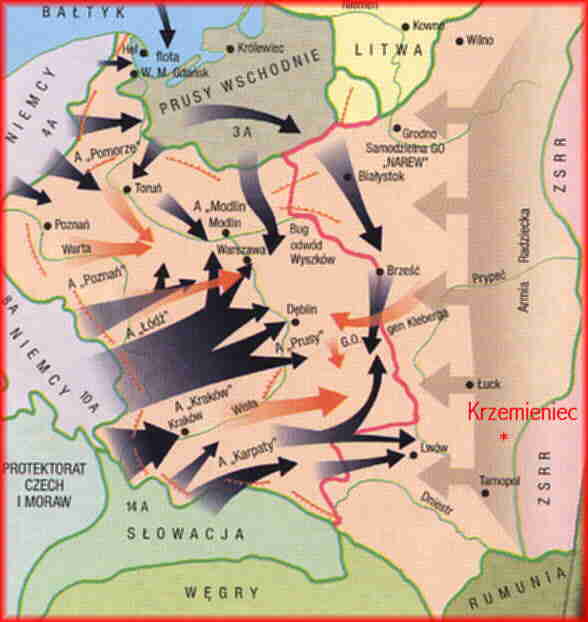
Map of Polish Routes in WWII
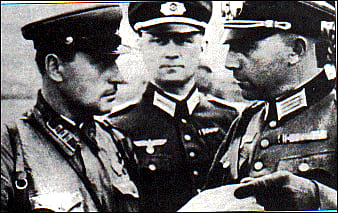
Soviet-Nazi Meeting
Christopher Jacek Gladun was born in 1951 and grew up in Canada to where his family emigrated from England as displaced persons. Sadly, Chris died in Toronto in March 2003. He held a diploma in Journalism from the Niagara College and a BA in Polish Language & Literature from the University of Toronto. Chris also acted as interviewer and researcher for the documentary film “Rescued From Death in Siberia”.
This content is now maintained by the Kresy-Siberia Group, which Chris was a charter member of and which is taking his website and his research work forward.